Spontaneous Dump East of the Village of Kum-Aryk, Talas District
Coordinates: 42.501865, 72.253986
Landfills are one of the significant factors of pollution that negatively impact the environment: the atmosphere, water sources, soil, and plant and animal life. By being placed directly on the soil surface, landfills remove a significant portion of land from agricultural use and the biosphere, introducing pollutants into them.
When waste stored in unauthorized landfills ignites, toxic and poisonous substances are released into the atmosphere. Atmospheric precipitation washes heavy metals and other substances from the landfill mass, which, by contaminating the soil, penetrate into surface waters. With prolonged storage in landfill layers, biogas begins to form, the main components of which are flammable methane and carbon dioxide. Unauthorized landfills are breeding grounds for insects and rats, active carriers of infection.
Unauthorized landfills occupy a place in the system of environmental monitoring as sources of impact on all components of the environment. An important feature of this source of environmental pollution is its spatial and temporal variability, both in volume and composition. Landfills are dangerous sources of environmental pollution, primarily affecting soils, surface and groundwater, and animal and plant life. The greatest danger is posed by landfills located in water protection zones of water bodies, river floodplains, low-lying areas (ravines, gullies), near drinking water wells, and on agricultural fields.
The size of spontaneous landfills is increasing at a catastrophic rate. They consume land, lead to the destruction of local flora and fauna, expand to the nearest settlements, and poison people. The irrational, outdated, and immoral policies of local authorities and capital officials in the field of waste collection and disposal have led to the existence of thousands of semi-spontaneous dumps in Kyrgyzstan. All of them do not meet modern requirements for the organization of such facilities. Dozens of hectares of beautiful and invaluable land have been allocated for landfills.
Landfills are one of the significant factors of pollution that negatively impact the environment: the atmosphere, water sources, soil, and plant and animal life. By being placed directly on the soil surface, landfills remove a significant portion of land from agricultural use and the biosphere, introducing pollutants into them.
When waste stored in unauthorized landfills ignites, toxic and poisonous substances are released into the atmosphere. Atmospheric precipitation washes heavy metals and other substances from the landfill mass, which, by contaminating the soil, penetrate into surface waters. With prolonged storage in landfill layers, biogas begins to form, the main components of which are flammable methane and carbon dioxide. Unauthorized landfills are breeding grounds for insects and rats, active carriers of infection.
Unauthorized landfills occupy a place in the system of environmental monitoring as sources of impact on all components of the environment. An important feature of this source of environmental pollution is its spatial and temporal variability, both in volume and composition. Landfills are dangerous sources of environmental pollution, primarily affecting soils, surface and groundwater, and animal and plant life. The greatest danger is posed by landfills located in water protection zones of water bodies, river floodplains, low-lying areas (ravines, gullies), near drinking water wells, and on agricultural fields.
The size of spontaneous landfills is increasing at a catastrophic rate. They consume land, lead to the destruction of local flora and fauna, expand to the nearest settlements, and poison people. The irrational, outdated, and immoral policies of local authorities and capital officials in the field of waste collection and disposal have led to the existence of thousands of semi-spontaneous dumps in Kyrgyzstan. All of them do not meet modern requirements for the organization of such facilities. Dozens of hectares of beautiful and invaluable land have been allocated for landfills.
The research was conducted with the support of the Global Greengrants Fund (GGF), one of the leading donor organizations in the world that supports the efforts of ordinary people to protect the planet Earth. #GlobalGreengrantsFund #GreengrantsFund #Greengrants #GGF #GlobalGreengrantsFund

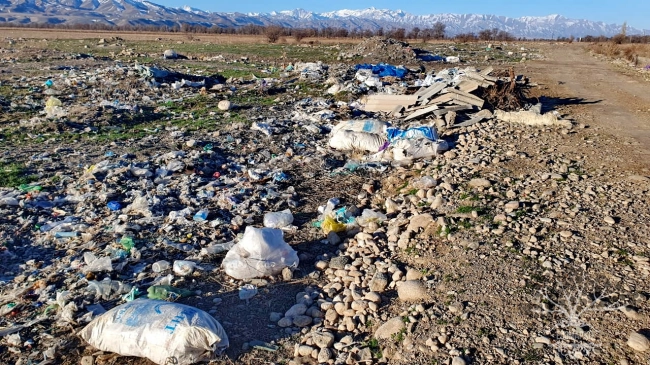
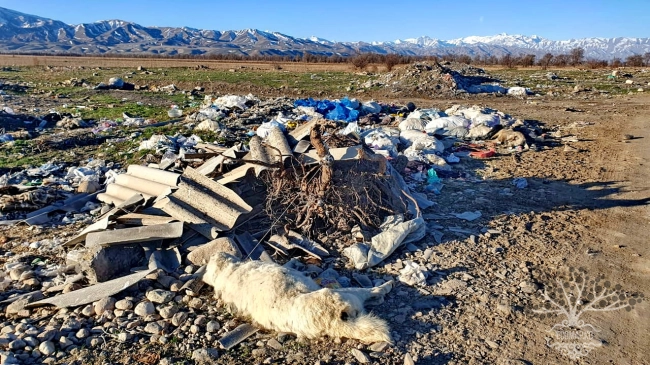

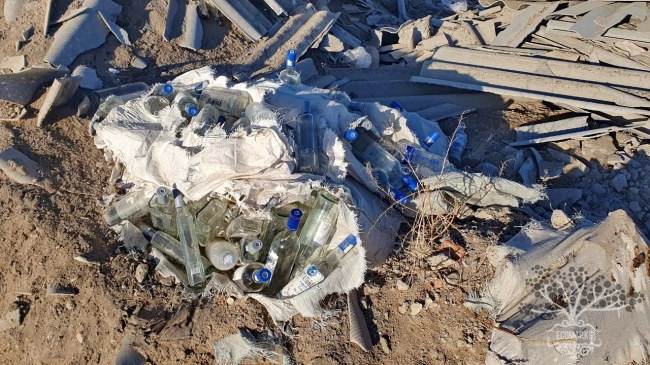
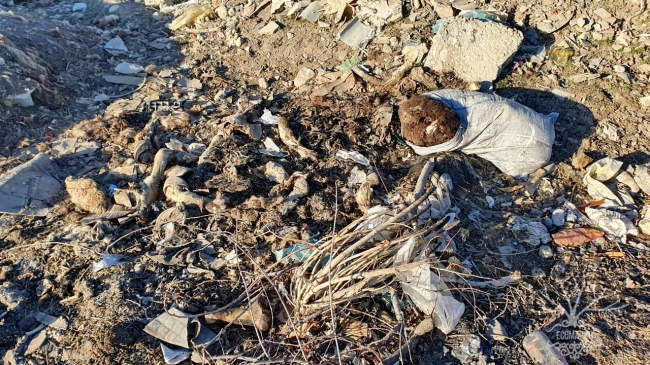

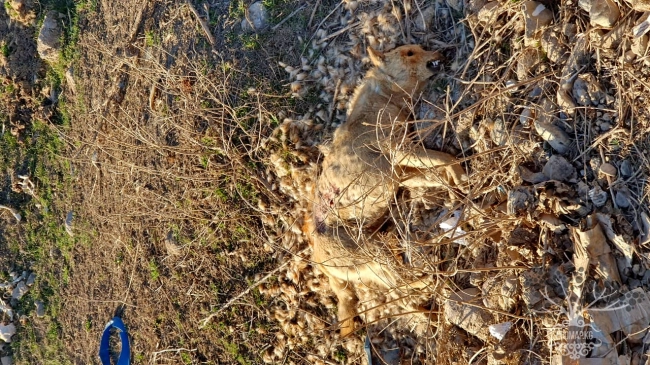
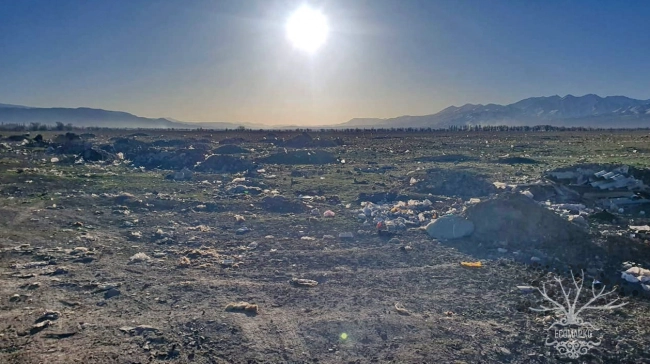
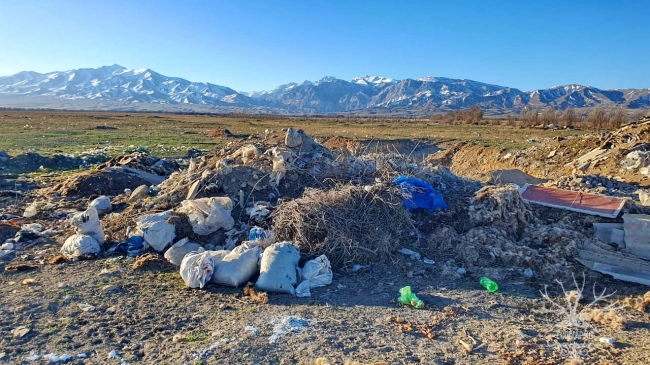
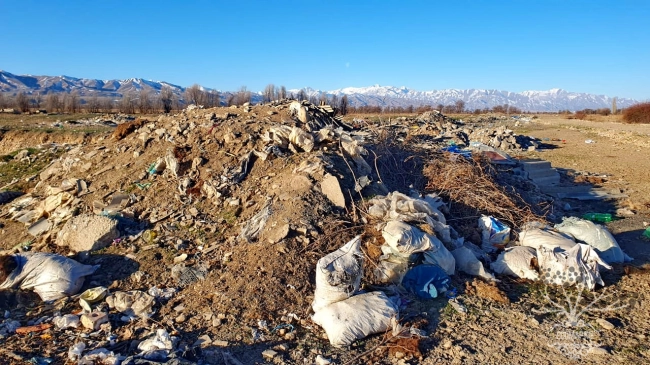




















Attention: Information based on submitted complaints